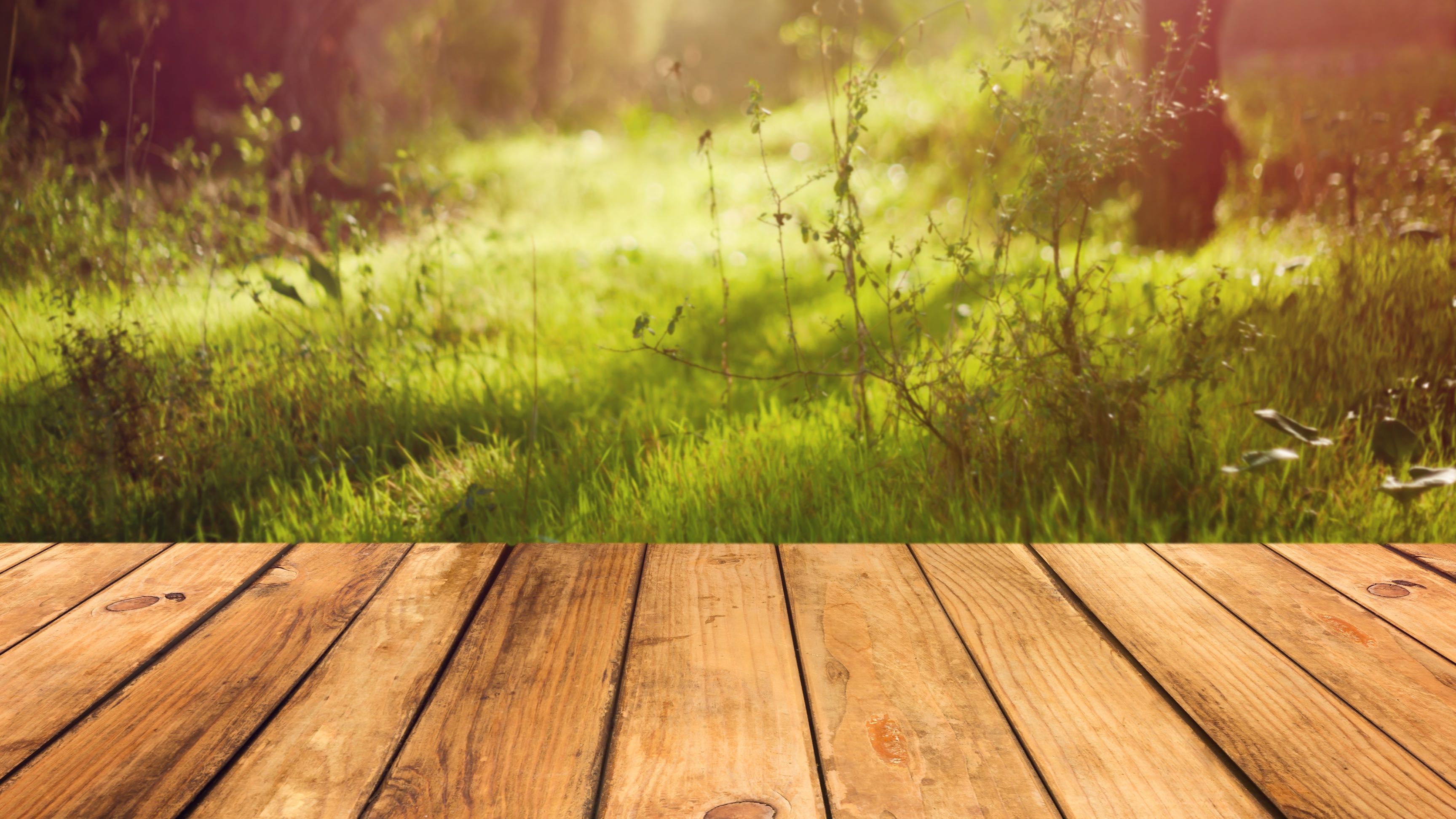Q. Could you look into wood for building decks? I don’t want to buy wood from the over-harvested Pacific Northwest or the global south. Is yellow pine from the southeast United States any good, or is it a horrible monoculture that’s genetically engineered and ruins the soil? And then there’s the whole pressure-treated thing. How about Trex?
Ian
Durham, N.C.
A. Dearest Ian,
Spring is in the air, and your question is making me think of summer nights spent al fresco, sipping mint juleps in the backyard. But I’m getting ahead of myself – first we need to build you a long-lasting, good-looking, sustainable deck, Ian.
You started with wood, so I will too (and so did 80 percent of U.S. deck builders, FYI). The natural stuff has much to recommend it, provided you opt for responsibly harvested lumber: Wood is nontoxic, renewable, recyclable, durable, and looks great. On the negative side, irresponsible harvesting can contribute to deforestation, loss of wildlife habitat, and climate change, not to mention major problems for the people who make their homes under high-value trees. That’s why it’s critical to look for wood certified by the Forest Stewardship Council (FSC), a third-party nonprofit that ensures that lumber is logged sustainably.
So redwood or cedar from the Pacific Northwest or tropical hardwoods like ipe from Brazil – all excellent deck choices because they’re naturally rot-resistant – can be fine if they come with the FSC stamp of approval. And depending on where you live, you should be able to find all of these options at local lumberyards, online, or maybe big-box home stores. That’s looking the question only from a logging perspective, though: We also must consider that shipping lumber all the way to North Carolina adds a load to your deck’s carbon footprint.
As you note, Ian, in your neck of the woods local lumber frequently means southern yellow pine. That’s not necessarily a bad thing: Yellow pine grows relatively quickly, is cheap and readily available at big-box stores, and vast swathes of genetically engineered pines aren’t dominating your southern forests (though I would be remiss not to mention that the USDA recently declined to regulate one company’s GE loblolly pine). But pine is a softer wood, requiring chemical pressure treatment, and/or regular coats of paint or stain, to keep it from slowly disintegrating in the face of weather or bugs. Pressure treating chemicals are less toxic than they used to be, but they can still leach copper into the groundwater – bad news for your neighborhood aquatic organisms – and they make the wood very tough to recycle. For those reasons, I’d bump pressure-treated boards down on your list.
Local lumber isn’t totally out of reach, however. Here are two more options from the land of moonlight and magnolias worth looking into: Southern cypress and black locust are both naturally rot-resistant and gaining in popularity as a decking material.
And have you thought about reclaimed or salvaged wood from neighborhood barns, cabins, houses, or even old decks, Ian? It might require more on time, energy, and money to come up with the exact “vintage” lumber you’d need for your backyard getaway, but it brings new life to old planks and reduces the demand for new growth. Plus, it looks terrific. If you can get it, reclaimed redwood or cedar are just about tops for a deck. Some sources also sell reclaimed tropical hardwoods from packing materials. Here’s a good place to start looking in Durham.
If you decide wood’s no good, Ian, then some alternatives come into play. They include composite lumber (Trex is one example of this), plastic, PVC, and aluminum. Pure plastic isn’t ideal for decks because it lacks strength, and well, you know how I feel about PVC. Aluminum is a decent deal ecologically because it’s tough and infinitely recyclable, but also quite pricey.
Composite lumber, on the other hand, is an affordable, durable, and viable choice. Made of a mix of waste-wood sawdust and recycled plastic (such as polyethylene bags or milk jugs), composite decking can also look pretty slick, especially when it’s stained to imitate fancy tropical trees. Now for the but: It’s not typically recyclable, so you (or your home’s next owner) will have a disposal issue down the line. If you go this route, look out for composite brands with PVC caps (that stuff tries to sneak into everything).
Your perfect deck will depend on your budget, the local lumber market, and what kind of maintenance you’re willing to do to keep the boards in tip-top shape. Not knowing those things exactly, it’s hard for me to give you more specific recommendations. Generally, though, I love reclaimed wood best, followed by non-pressure-treated, FSC-certified wood (bonus points if it’s locally sourced to boot), followed by composites.
Happy building, Ian, and raise a mint julep to me out on your new deck one of these nights.
Lumberingly,
Umbra



